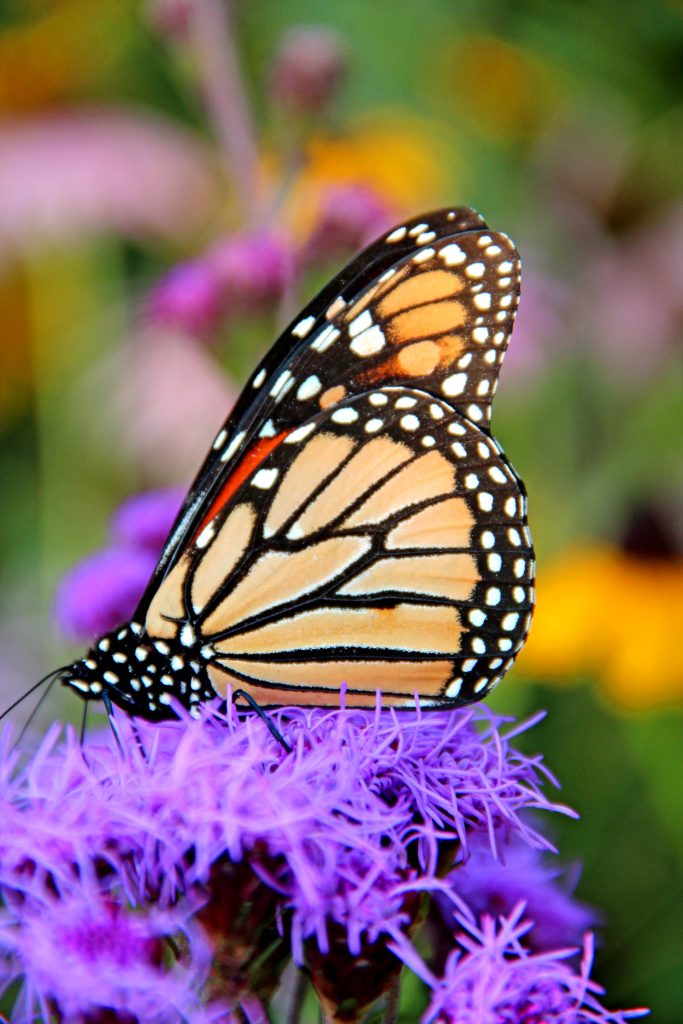In the Fall+Winter 2023 edition of MN Yoga & Life magazine (pg 68), we discussed the three P’s of essential oils for pets: purity, potency, and purpose. In this article, we’ll dive a little deeper into safe and effective use of specific essential oils for pets. As this article speaks to educate on general concepts regarding essential oils for pets, this should not be taken as medical advice, nor have single oils been FDA evaluated for property claims.
Anytime we use essential oils on or around pets, we need to honor that animals have a significantly better sense of smell than us. Compared to the human’s 6 million olfactory receptors, an animal’s nose includes hundreds of millions, with a special active sensory organ called the vomeronasal organ responsible for picking up pheromones in the environment that directly affect the hormone production centers of their body. An animals’ experience of the natural world speaks to why walks with the dog include sniffing every single tree, and this needs to be taken into consideration when using these botanicals. The bottle with the chosen essential oil or blend, dilution with a carrier oil, or roller ball applicator should always be offered to the animal to smell before usage.

When we’re diffusing essential oils, they should be appropriate for water or atomized diffusion in their neat form without any carrier oil, with only 1-5 drops diffused at a time (less for cats). A period of observation should follow the start of diffusion in an animal’s environment to look for any adverse reactions. Allowing an escape for the animal to remove themselves from the diffuser range should also be considered, depending on the purpose of use and length of time planned for diffusion.
Another anatomical consideration to note is that the feet of soft-padded species (dogs, cats, small furries) have skin layers and glands very similar to the underarm of people. The pads don’t just serve for traction and movement, but to also dissipate heat from the body and “sweat” in a sense. This area can be quite sensitive, and needs consideration before adding any essential oil that has a high potency or cultivates heat with contact. Some “hot” essential oils include: cassia, cinnamon, clove, lemongrass, oregano, peppermint, thyme, and tea tree. Dilution of these is vital for use. Topical application of an essential oil single or blend leading to any skin reactions or local area of discomfort needs to be stopped and removed with application of a safe carrier oil (food grade fractionated coconut is a safe favorite) and then bathed with a species appropriate shampoo.
While not an all-inclusive list of essential oil botanicals for use in pets, here is a short list of essential oils with either GRAS status (generally recognized as safe for intended use) or the best wellness effects:
Basil (Ocimum basilicum) – pain-relieving properties, muscle relaxant, antihistamine and allergy support
Catnip (Nepeta cataria) – anti-external parasite activity, calm behavior support, antimicrobial and anti-inflammatory properties
Copaiba (Copaifera officinalis) – anti-inflammatory effect, synergism with other essential oils to amplify effects
Frankincense (Boswellia carterii) – brain conditions, quality of life support, stressful transitions, synergism with other essential oils to amplify effects
Helichrysum (Helichrysum italicum) – blood conditions, neurological conditions, liver conditions, pain support, wound healing support
Lavender (Lavandula angustifolia) – skin conditions, lung conditions, emotional or cognitive disorders, antimicrobial properties
Marjoram (Origanum majorana) – muscle and joint dysfunction, pain relief
Oregano (Origanum vulgare) – antimicrobial, anti-inflammatory, antioxidant and pain relief
Peppermint (Mentha piperita) – antimicrobial, anti-inflammatory, lung and respiratory support, pain reliever, supports the topical absorption of other essential oils
Thyme (Thymus vulgaris) – antimicrobial, immune support, bone support, supports focused and confident behaviors; CAUTION: fur loss and irritated skin if concentration is too high
Making a simple yet effective roller ball applicator dilution takes 9 drops total from the essential oils listed mixed into 10ml of fractionated coconut carrier oil (3% solution) for cats and small dogs, 30 drops into 10ml of fractionated coconut carrier oil (10% solution) for medium to large dogs, or 85 drops into 10ml of fractionated coconut carrier oil (20% solution) for livestock and horses. This can be rolled onto the back and massaged in, both with and against the grain of the fur/hair.
Each species has its own special considerations, care requirements, metabolic capacities, and sensitivities. Any therapeutic use, specific concerns, or specialized regimens should be discussed with your veterinarian before exploring with your pet. Essential oils can be a useful modality to support the health and wellbeing of our pets when used safely and the three P’s of essential oils applied.
Laura Willenbring lives a life of curious fascination with the natural world, never without a book on hand or a question on her heart. A 500hr RYT and RPYT with thousands of hours of study and practice, she’s currently completing her ayurvedic health counselor requirements. Along with yoga, Laura is a licensed and practicing integrated veterinarian focusing on traditional Chinese veterinary medicine, acupuncture, food therapy and herbal medicine, public health, and food safety. She recognizes the intersectionality of the human-animal bond, and the value of integrated practices for people as well as pets.
























